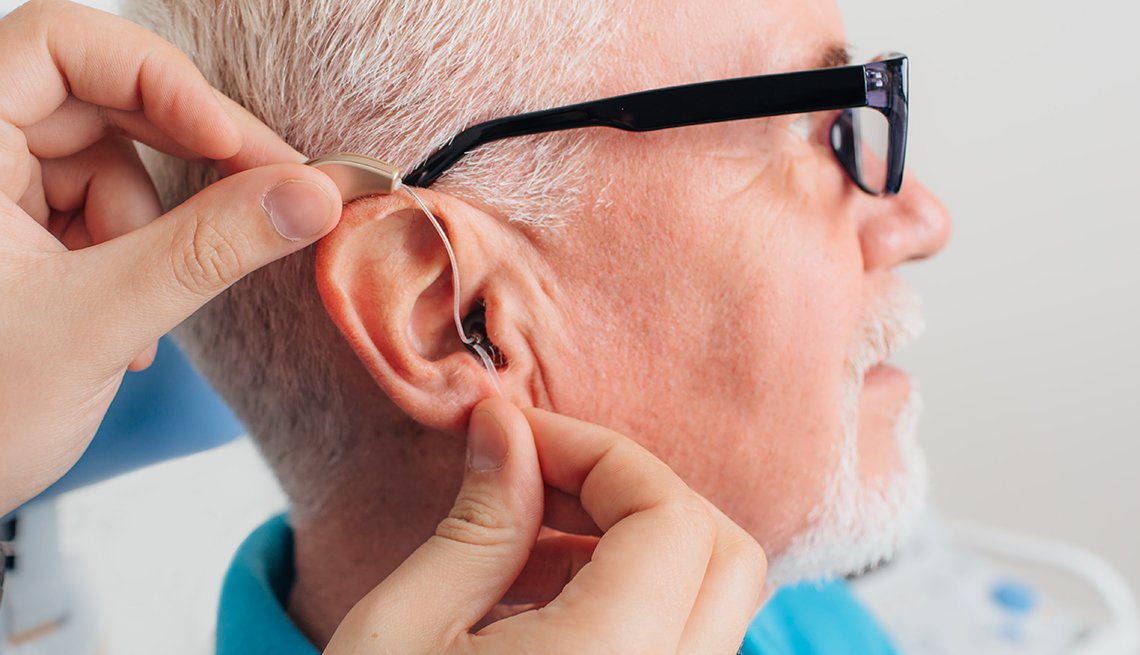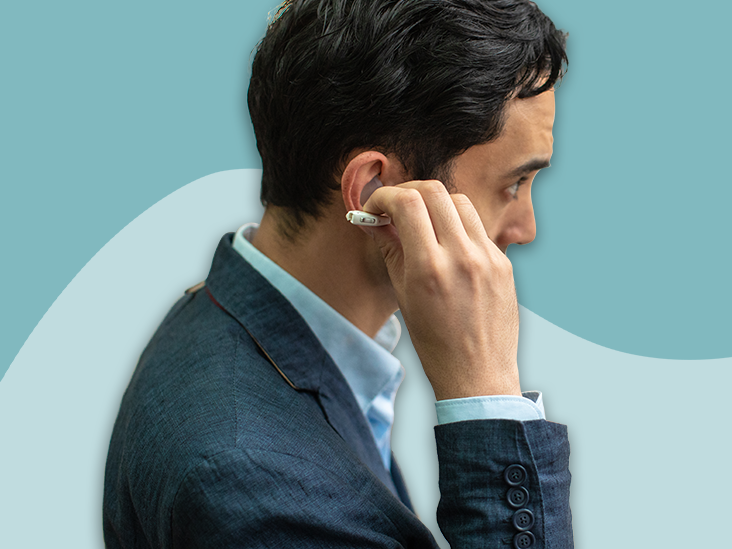
Hearing aids are electronic devices that are powered by batteries that may or may not be rechargeable. The device is usually small enough to fit behind or within the ear, and is used to aid in hearing sounds that users have trouble hearing. They can not restore lost hearing, or prevent the loss of the sense. There are different kinds of hearing aids that fit into two broad categories: analog and digital. The former is usually less customizable, but also less expensive, while the latter is a lot more customizable due to its reliance on digital circuitry and coded programs to select frequencies and calibrate the device.
If you or someone you know would like to invest in a hearing aid, you should consult a professional about which type of hearing aid is for you. Here are some ENT specialist in Lahore if you require one in that city.
Analog vs. Digital Hearing Aids
Analog hearing aids often do come with more than one setting or program and can be adjusted by the user, so do not worry about limited functionality. The way analog hearing aids work is quite similar to digital hearing aids, except that analog devices directly convert sound waves into electronic signals which are then amplified. Because of their simple nature, they are less expensive than digital devices, but they also have less customizability since they are dependent on mechanical constructs made at the time of manufacturing.
Digital devices on the other hand, have a lot more flexibility since they convert sounds waves into electronic signals, and then into a kind of code that can be easily manipulated. This allows for the selection of certain frequencies in particular sounds, and subsequently their amplification. This means that certain programs can be coded that allow users to tune their aids to specific environments, like loud hall rooms, parties, or outdoor areas.

Types of Hearing Aids
There are various kinds of hearing aids that are distinguished by their design or their visibility and placement in and around the ear. These types include:
- Behind-The-Ear: These aids consist of a case that fits snugly behind the ear, a connecting piece that straps over the top part of the ear, and the earmold that fits into the ear. The case behind the ear houses the electrical components required to capture and translate the sound waves into electrical signals, as well as manipulate those signals. Certain new kinds of Behind-The-Ear aids do not include a large earmold, which especially useful for people that can not risk blocking the canal. This type can be used by people with any degree of severity of hearing loss.
- In-The-Ear: This kind of hearing aid comes in two flavours, those that fit completely in the outer ear, and those that fit in the lower half. It consists of a hard case, a volume control, and perhaps a telecoil. A telecoil is a magnetic coil that can allow users to pick up sounds through the device’s circuitry rather than its microphones. This is usually used by people with severe hearing loss.
- In-The-Canal: This device has a piece that fits directly into the ear canal, so it can better propagate sounds to the canal. This is perfect for people with moderate hearing loss, and for those people that do not want something too conspicuous.
These are only a few of the types of hearing aids that are available. If you want more information, you should consult a physician. We recommend these ENT specialist in Karachi, if you’re looking for guidance.
